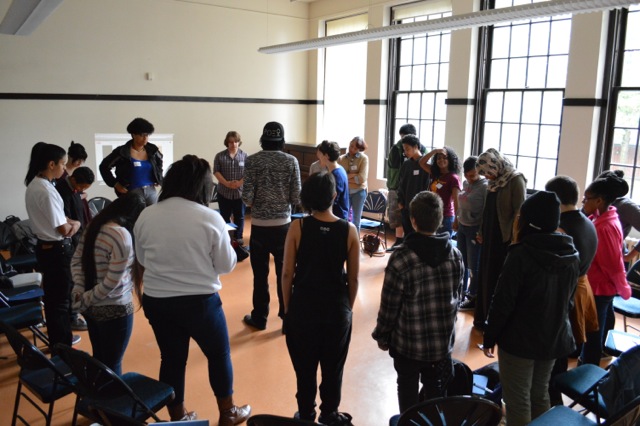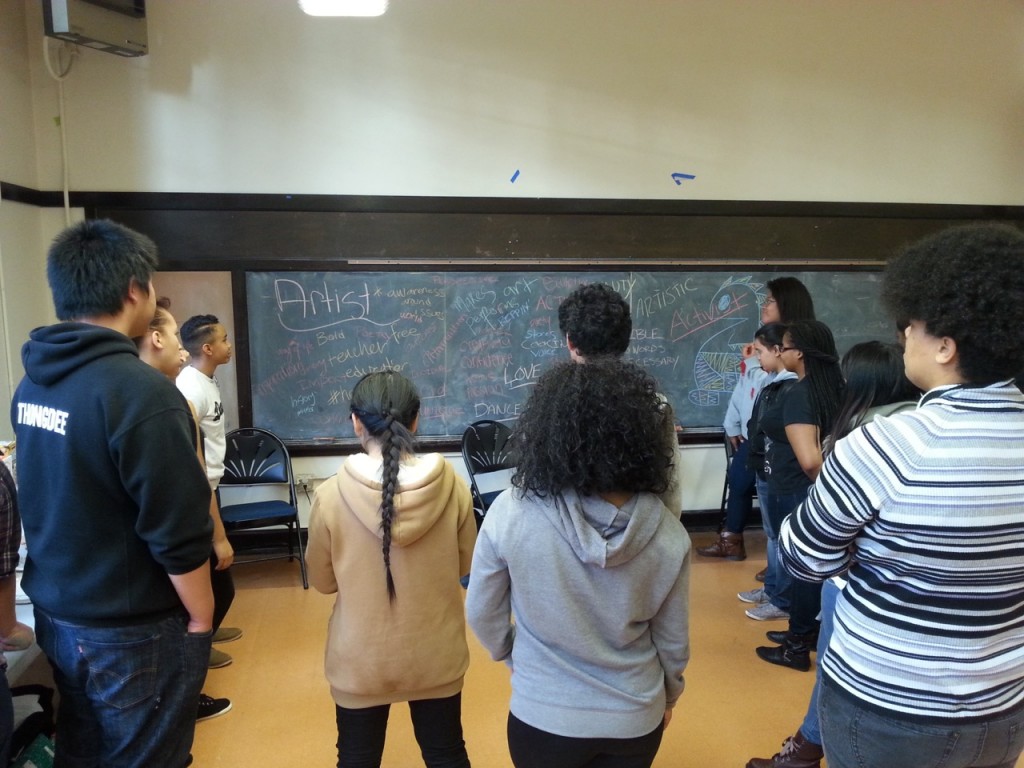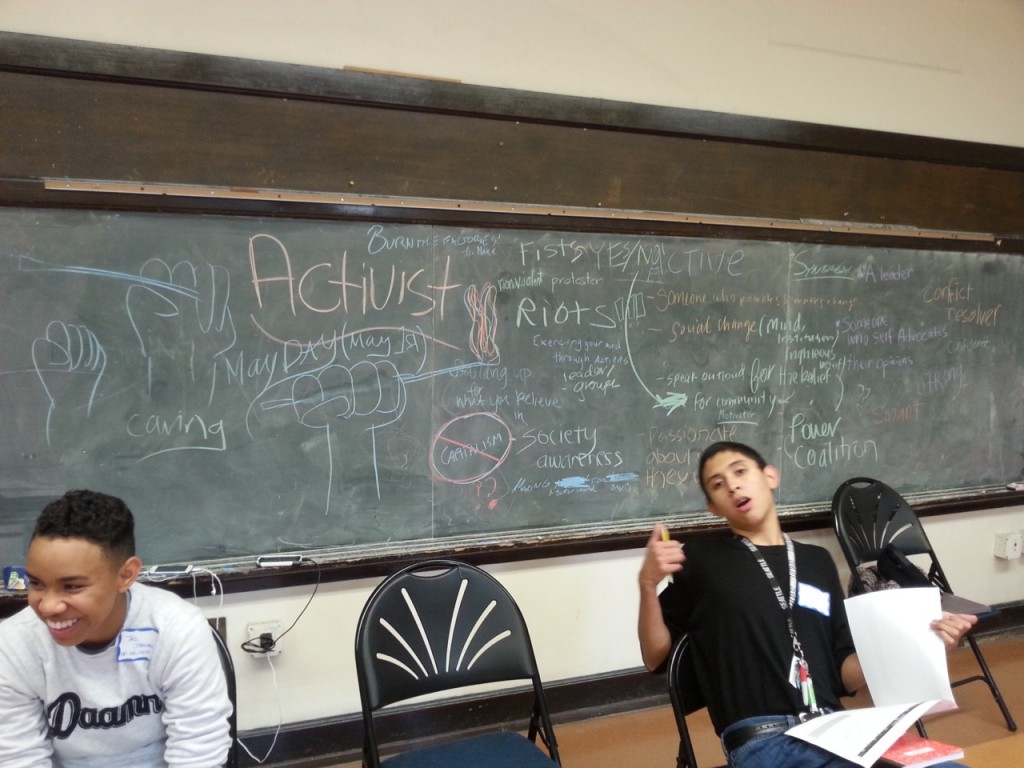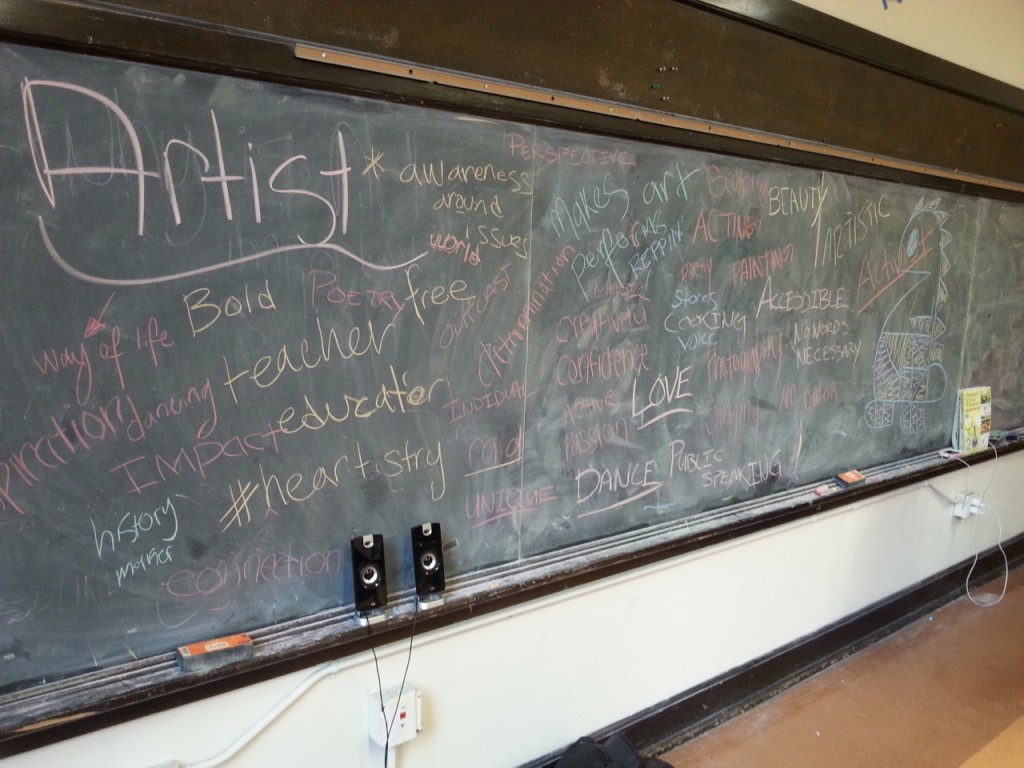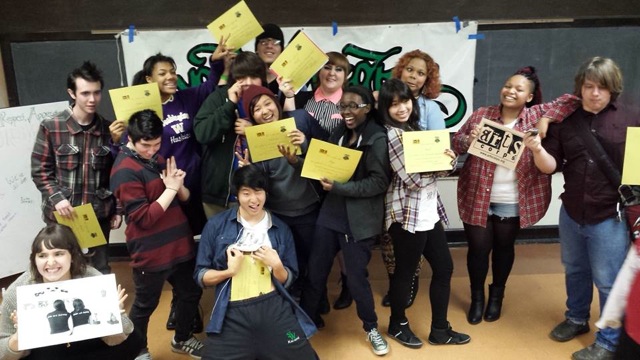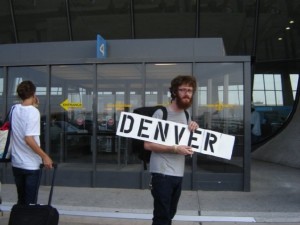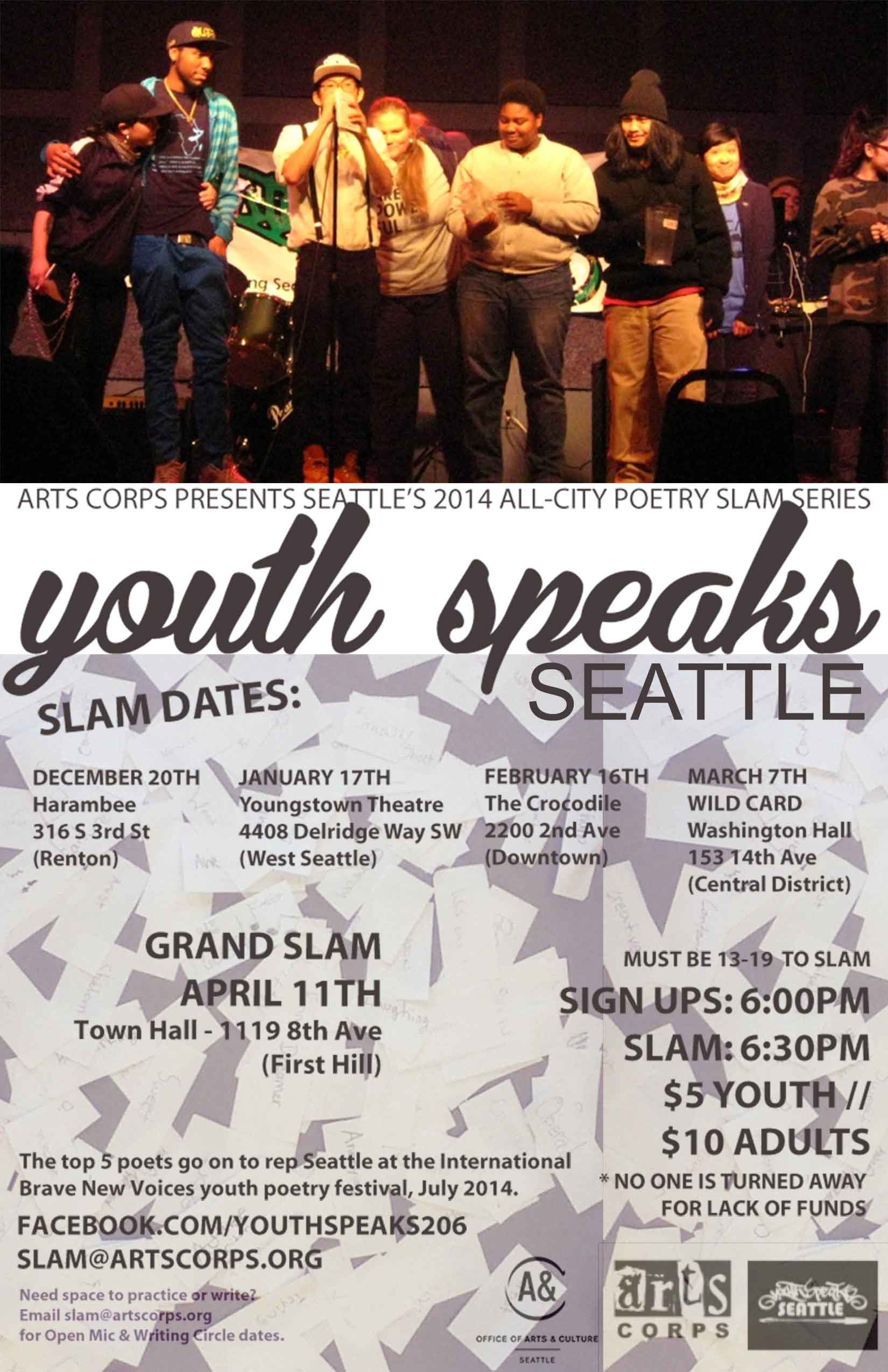Once again the country has shown it’s behind and we are in another state of chaos.
Youth from around town have been asking me “Donté what do I do as a new community organizer and artist in this time of deep pain”
I wanted to say “Take the streets, block the roads, make them hear us, let everybody know that we have been crying and afraid and ashamed for too long and its enough its BEEN enough”. But I couldn’t even answer back, I thought about the question so intentionally but I was like as an artist and activist living with depression and anxiety I don’t feel safe enough to be in the streets and protest even though I feel like I should be there and I had to meditate on what is my role in this movement? I had to remember that activism doesn’t look any one way. It takes multiple different approaches and actions and kinds of things that adds to a movement including taking care of the people in the movement which I feel like can be my role reminding folks to take care and to hold space for all the black folks who are actively hurting every day watching the full out attack on our people.
There are artistic video projects in the works, and more and more folks feeling the call to action. Figuring out the many ways we can be vocal about our needs, below is my first step into how I do activism:
A List Poem for the way my body reacts to the death of Black People
-
Freeze, Eye lids fading, Eye lashes tickle eye brows in an attempt to feel anything besides melting
-
Mouth and throat going Sahara as your eyes lose focus on tracking motion
-
You feel the burn of a solar eclipse passing in your throat
-
Freeze, and you do, the word seems to rattle in your head till the tinnitus sounds just like the last phone call you made to your mother
-
Freeze, and they did until they spilled,
watch the blood pool in the dark of every unlit street
visualize how they cleaned them off the floor
read facebook till you cry
read articles till you cry
Pick corners for you to die
I wear all black most days because I don’t know when I’m gonna go
But Capricorns anticipate everything, so I wear my face like a veil, wear my skin like a red delicious dress at a funeral, the crisp bite into death as flames fuck my flesh into ash
-
Count breaths,
Like loose change
in attempt, to regulate breathing
Asthma, holding Fourth of July in your lungs
Another Black body,
Evaporating into social media rants and swept under consumerism and white supremacy
-
Freeze, that’s what they screamed, trying to mask murder with lies,
Tryna mask murder with mock justice and Christmas carols
Freeze, because everyone knows it’s easier to hit a target when it don’t move
You have read another article about a Black body turning sunset
You feel the light fading from their mothers eyes, it feels like a heart coming to a halt
You haven’t moved in hours as if you were obeying the law, as if they had already killed you
-
You find comfort in knowing that if you were dead you wouldn’t have to watch them kill your family
-
Your mouth begins to thaw, you feel the heat of carbon dioxide between your teeth, your teeth dance like a tambourine in full explosion you can barely make a sound but the only thing you say is
-
If all lives matter, then why aren’t you dying-
To save me.
-Donté Johnson, Teen Artist Program Co-Coordinator
Read More
